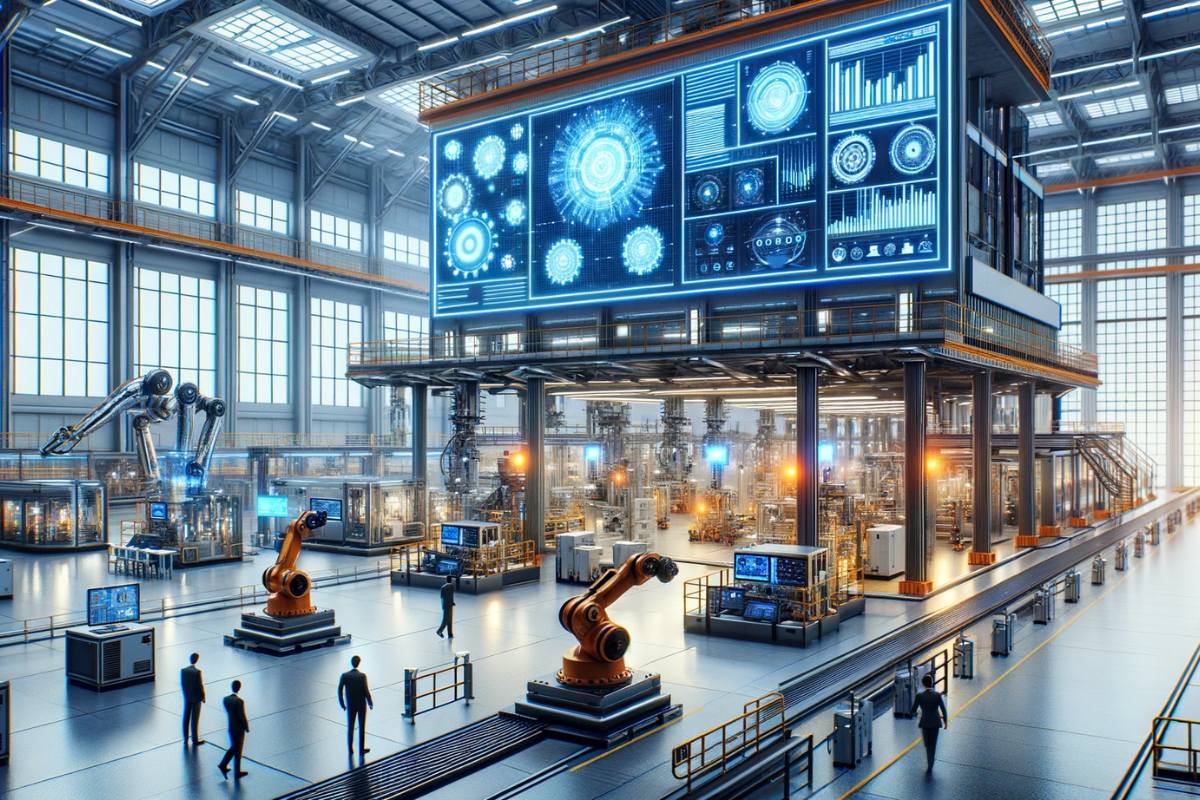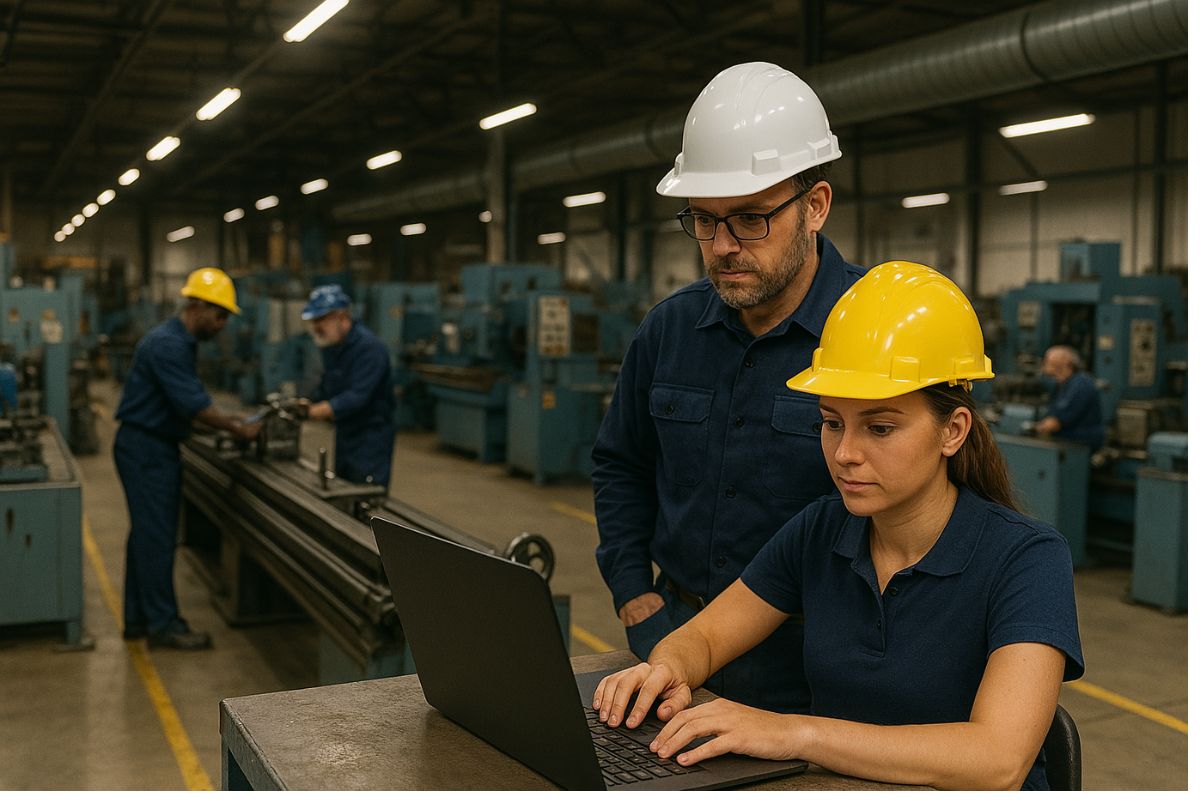Source: The gen AI inflection point: The evolution of smart manufacturing – SiliconANGLE
Generative AI is a branch of AI that can create new data, content, or models, based on existing data, content, or models. It can be used to generate realistic and engaging 3D experiences, such as images, videos, sounds, or texts, for various purposes, such as entertainment, education, advertising, or art. Generative AI can also be used to optimize and improve existing processes, products, or services, by finding novel solutions, designs, or configurations, that meet certain criteria or objectives.
The next-generation cloud is a term that refers to the evolution of cloud computing, which is the delivery of computing services over the Internet. The next-generation cloud offers more scalability, flexibility, and efficiency, by using advanced technologies, such as artificial intelligence, blockchain, edge computing, or quantum computing. The next-generation cloud also enables more innovation, collaboration, and integration, by providing various tools, platforms, and frameworks, that support the development and deployment of applications and solutions.
The convergence of generative AI and the next-generation cloud is creating a new paradigm for the manufacturing industry, which is the production of goods or materials using machines, tools, or labor. The convergence is enabling the emergence of smart manufacturing, which is the application of data science and AI techniques to create new processes and streamline existing ones, for use in the factories of the future. Smart manufacturing aims to monitor production using connected machinery and improve manufacturing performance by identifying automation opportunities.
Doug Bellin, the worldwide head of smart manufacturing at Amazon Web Services Inc. (AWS), shared his insights and perspectives on the topic, during an exclusive broadcast hosted by theCUBE industry analyst John Furrier at the “Supercloud 5: The Battle for AI Supremacy” event,
According to Bellin, smart manufacturing is an exciting and promising market, because it has a huge potential to unlock the value of data, which is abundant but underutilized in the manufacturing industry. He explains that manufacturing is the largest producer of data, but the smallest consumer of data, because the data is locked down and disparate, and does not communicate with each other. Therefore, smart manufacturing can help manufacturers use their data more effectively and efficiently, by applying generative AI and the next-generation cloud.
Among others, Bellin also mentions that the evolution of smart manufacturing, has gone through three phases: the first phase was the introduction of cloud computing to the manufacturing industry, which was initially met with resistance and skepticism, but later became widely accepted and adopted; the second phase was the adoption of machine learning and AI to the manufacturing industry, which was enabled by AWS’s services and solutions. According to Berlin, we are currently in the third phase, which is the adoption of generative AI in the manufacturing industry.
Bellin also highlights that one of the main challenges is the complexity and diversity of the manufacturing industry, which requires different solutions and approaches for different sectors, such as automotive, aerospace, healthcare, or agriculture. He says that one of the main opportunities is the empowerment of the citizen developers, who are the individuals on the shop floor who can create applications and solutions using low-code or no-code platforms.
In his concluding remarks, Bellin expresses a positive outlook on the future of smart manufacturing, highlighting the role of AWS in supporting its customers and partners in realizing their objectives and dreams. He emphasizes AWS’s commitment to innovation at every level, from infrastructure to applications, and its dedication to providing top-tier tools, methods, and resources tailored for smart manufacturing. Additionally, he notes AWS’s collaborative efforts with a range of stakeholders, including customers, partners, regulators, and researchers, to ensure the quality, security, and compliance of smart manufacturing processes. Bellin looks forward with anticipation to the societal and environmental benefits that smart manufacturing will bring.
Note: This blog post’s header image was generated with the help of DALL- E on ChatGPT 3.5.





